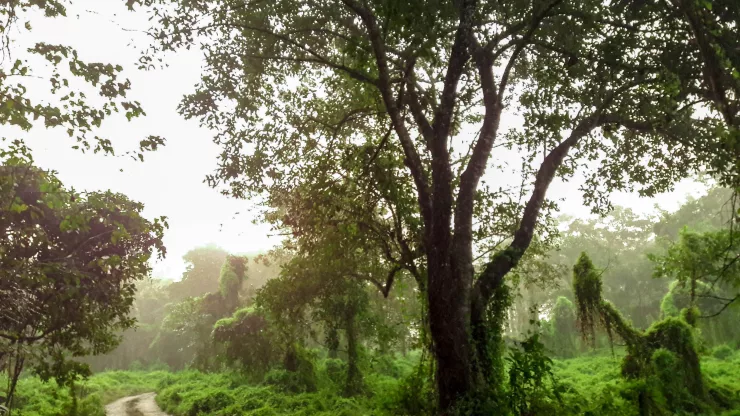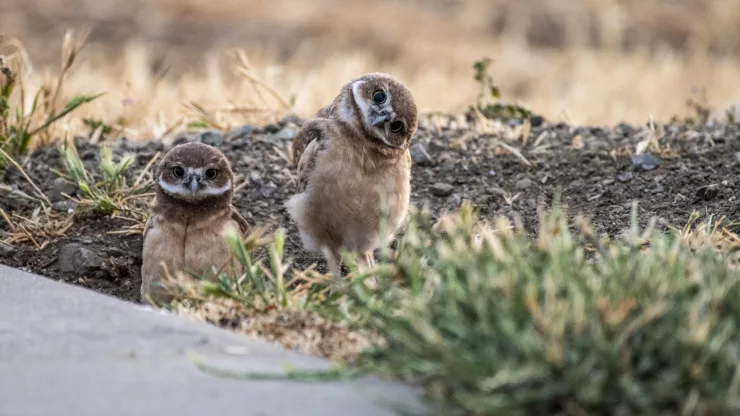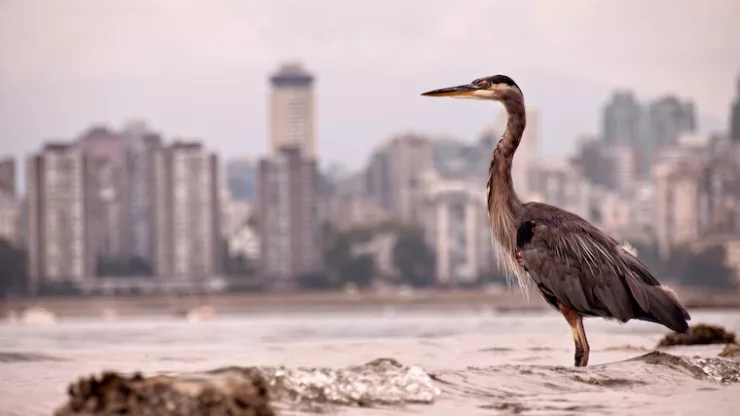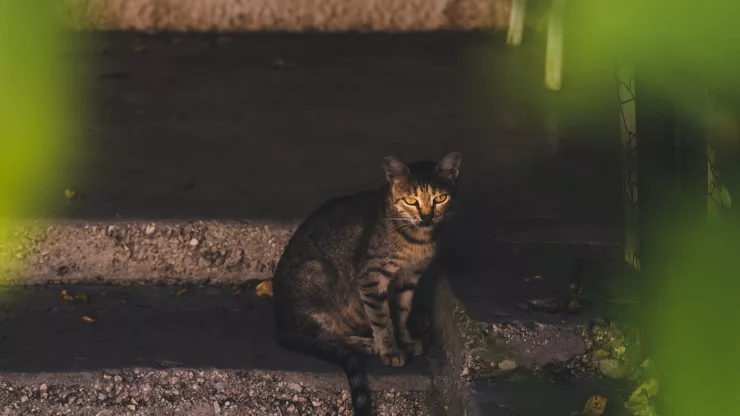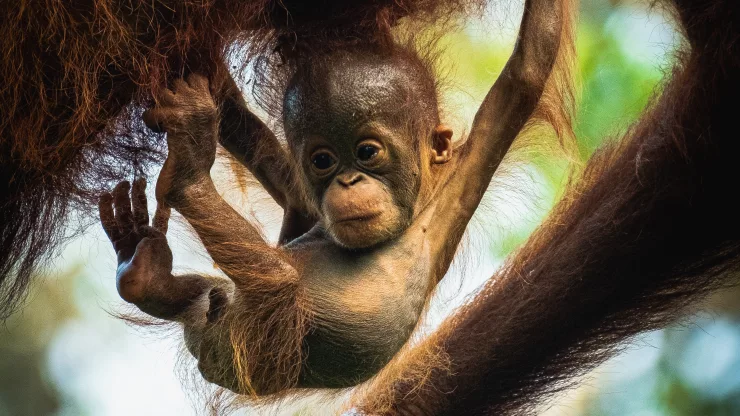Jump to Section
Introduction
As cities continue to grow and expand, the natural habitats of wildlife are increasingly being destroyed.
This has led to a decline in the population of many species, which in turn has disrupted the delicate balance of the ecosystems that support them.
Urban wildlife conservation is therefore becoming more important than ever before.
The Need for Urban Wildlife Conservation
Urbanization is taking over natural habitats of wildlife, leaving them no option but to move into the cities.
This is not only dangerous for the animals themselves but also for humans who come in contact with them.
The need for urban wildlife conservation arises from the fact that animals need to be protected and given an environment that is conducive to their survival.
In addition to this, urban wildlife conservation is important because it helps to maintain the ecological balance of the cities.
The presence of wildlife in cities can help to control the population of pests and other harmful organisms.
This can be especially beneficial in areas where agriculture is prevalent.
Benefits of Urban Wildlife Conservation
Urban wildlife conservation has several benefits, including the preservation of biodiversity, the promotion of ecological health, and the improvement of human well-being.
When wildlife is protected, the natural balance of the environment is maintained, which can lead to a healthier and more sustainable ecosystem.
Additionally, the presence of wildlife in cities can have a positive impact on human health.
Studies have shown that spending time in nature can reduce stress and anxiety and improve mental health.
Furthermore, urban wildlife conservation can promote environmental education and awareness, which can lead to more sustainable lifestyles.
Challenges to Urban Wildlife Conservation
Despite the importance of urban wildlife conservation, there are several challenges that must be overcome.
One of the biggest challenges is the lack of awareness and education about the importance of wildlife conservation.
Many people are unaware of the impact that their actions have on wildlife and the environment.
Another challenge is habitat loss and fragmentation, which occurs when natural habitats are destroyed or fragmented by human activities such as urbanization and infrastructure development.
This can lead to a decline in the population of wildlife, as well as a loss of biodiversity.
How We Can Make a Difference in Urban Wildlife Conservation
There are several ways in which individuals can make a difference in urban wildlife conservation. One of the most important ways is by supporting conservation organizations and initiatives.
This can include donating time or money to organizations that work to protect wildlife and their habitats.
Individuals can also make a difference by making changes in their own lives.
This can include reducing their carbon footprint by using less energy and driving less, as well as by making changes to their consumption habits.
Furthermore, individuals can support local wildlife by creating habitats in their own yards or neighborhoods.
FAQ
What are some examples of urban wildlife?
Urban wildlife can include a range of species, including birds, rodents, squirrels, raccoons, opossums, and coyotes.
What are some benefits of urban wildlife conservation?
Urban wildlife conservation can help to preserve biodiversity, promote ecological health, and improve human well-being.
What are some challenges to urban wildlife conservation?
Challenges to urban wildlife conservation include habitat loss and fragmentation, lack of awareness and education, and conflicts with human activities.
What can individuals do to support urban wildlife conservation?
Individuals can support urban wildlife conservation by supporting conservation organizations, making changes in their own lives, and creating habitats in their own yards or neighborhoods.
I’m a nature enthusiast and creator of Metro Wilds and have spent years exploring the great outdoors.
With a passion for environmental conservation and sustainability, I have dedicated my career to writing about the beauty and wonders of nature, as well as the threats facing our planet.
Contact me at [email protected] for assistance.

